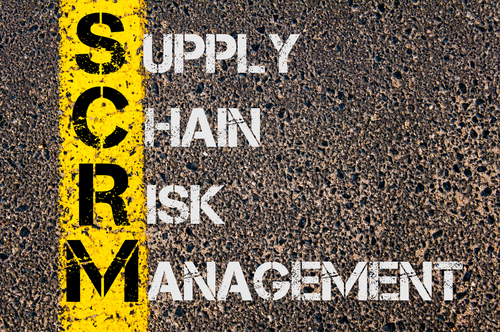
Written by Julien Katzenmaier, Content Writer at Sepio.
Visibility at the physical layer (Layer 1) provides a clear and unobscured picture of all hardware assets connected to your network. With countless vendors making up the supply chain (none of which an organization has control over) ensuring you have this clear and unobscured visibility is paramount. Unfortunately, organizations lack such visibility, and their current efforts are not enough. Any hardware discrepancies brought in through the supply chain will go unaccounted for, which is a massive security risk that may even lead to operational disruptions.
Here are three ways in which managing supply chain risks with physical layer visibility can benefit the organization.
Reason One: Regulation
Thanks to globalization, today’s economy is highly interconnected. As a result, organizations are required to comply with various regulations, many of which concern security. Such regulations contain significant bureaucratic hoops that organizations must jump through, and failure to do so can result in hefty fines, among other consequences. In order to maintain regulatory compliance, it is necessary that organizations have complete asset visibility to verify supply chain integrity. A great example of when this is relevant is for Section 889 of the 2019 National Defense Authorization Act, which prohibits US government contractors from using hardware manufactured by specific vendors. These contractors must determine whether any of their hardware has been manufactured by one (or more) of the barred vendors – an arduous task without physical layer visibility.
Implementing a system that supplies complete asset visibility ensures that organizations know the true identity of all connected devices and their associated risk posture. Without physical layer visibility, it would be nearly impossible for an organization to guarantee that their devices are compliant with regulations; a simple change to the hardware along the supply chain could easily jeopardize compliance efforts, and no-one would know any better.
Reason Two: Efficiency
As the age-old saying goes, efficiency is key; businesses must do everything in their power to maintain optimal levels of profitability. Supply chain hardware risks can harm the efficiency of an organization, should a device not perform as expected. Having visibility at the physical layer will help organizations achieve continuous operational efficiency by identifying any anomalies in device behavior. Automatically detecting the true identity of a device in real-time prevents any errors in device authentication.
Reason Three: Compatibility
When an organization orders large quantities of devices for the workplace, every single one must behave and function as expected. However, let’s say you just received an order for new laptops from a tech supplier and, unbeknownst to you, some of the laptops had been refurbished. These refurbished devices, which have undergone firmware and hardware modifications, may not operate the way a new device would, resulting in compatibility issues. With physical layer visibility, such changes would get detected instantly, notifying the security team of the anomalous device(s). Furthermore, there could also be compatibility issues with the operational software, which can also be preemptively spotted by physical visibility. Compatibility is extremely important as any discrepancies can impact both the aforementioned points of regulatory compliance and operational efficiency.
In short, implementing physical layer visibility helps organizations better manage hardware-related supply chain risks. With a heavy (and growing) reliance on extensive supply chains, organizations cannot afford to be lax about supply chain risk management. It starts with visibility.




